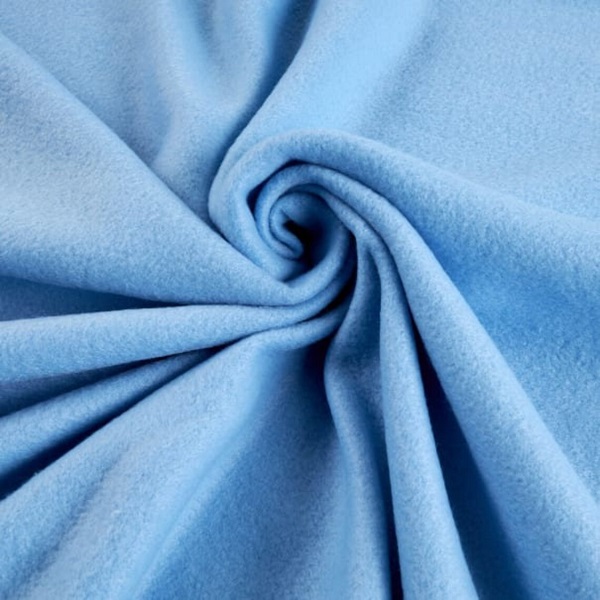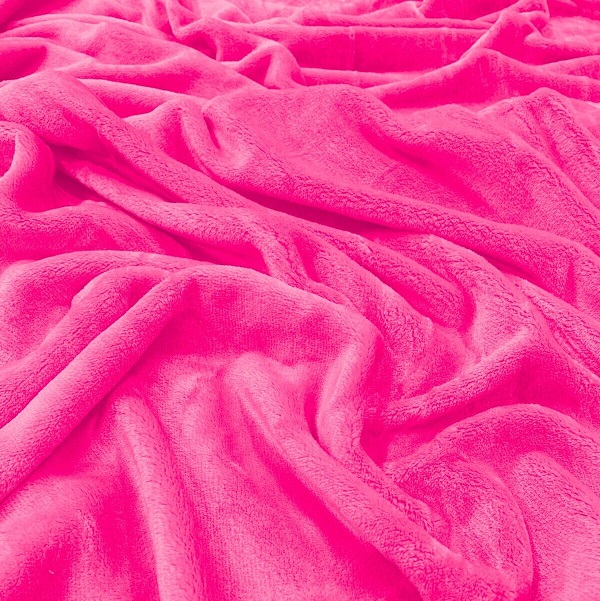Posted by HTHQ on 27th Feb 2024
Get to Know Your Fleece
As the colder months approach, we start to think about ways of keeping ourselves warm, especially now, with the current surge in energy costs, without racking the central heating up!
Fleece is a soft, insulating synthetic wool fabric generally made from polyester or PET; it has some of natural wool`s finest qualities but weighs a fraction of the lightest available woollens. Fleece fibres are made by a chemical reaction between petroleum and its derivatives. This bi- product is heated and spun to make thin threads which are then manufactured into fabric. After being brushed, it has a pile surface on both sides, allowing air pockets to sit between the threads and hold more warmth.
Wearing fleece garments and fleece lined footwear is a sure way to keep yourself cosy and comfortable, so to make certain you get the warmth factor right, you need to get to know your fleece.
There are several types of fleece fabrics, each with different performance properties and visual appearance which are reflected in the price you should expect to pay.
Here, we’ve compiled a few facts for you to compare when considering buying anything made of or lined with fleece, starting with the thinnest to the thickest types of fleeces available.
Micro Fleece
oth fleece and microfleece are warm, moisture-wicking, lightweight, breathable fabrics with microfleece being a little more breathable and moisture-wicking than regular fleece due to the thinness of the fibres. Occasionally, fleece can be made from natural materials, but you will seldom find microfleece made from anything other than polyester, nylon, or acrylic.
In terms of which is better, that’s down to personal preference; if you just want to stay warm, synthetic fleeces are perfectly suitable, but if you want to stay warm in especially inclement weather, microfleece may be the better option.
Polar Fleece
olar fleece was one of the first forms of fleece made; created in 1979 by Malden Mills, polar fleece was a new, light and strong pile fabric meant to mimic and, in some ways, surpass wool.
Polar fleece is a low pile smooth fleece which is soft napped, lighter weight, soft to touch, easy to wash, and most of all, cheap. It can sometimes be difficult to tell the front from the back as the sides can appear identical.
Because it isn’t as heavy or bulky as other fleece fabrics polar fleece is often used as a lining to other fabrics, and in slippers. It’s especially good for spring and summer and is also recommended for babies and pets, outdoors and travel.
One downside is that polar fleece can pill after long term use and frequent washing.
Flannel Fleece
lannel fleece is ultra-soft, warm and comfortable! It is a heavier gsm than polar fleece, slightly thicker, but not bulky and has a plush, silky finish with no stretch.
Flannel fleece is anti-pilling too and is favoured for making comfort garments such as throws, bath robes and loungewear as it is so tactile to touch and relaxing to wear.
Flannel fleece wears well and is durable enough to withstand everyday use. It’s easy care and quick drying and recovers well after washing, so it’s a particularly good choice for the pieces you’re likely to wash more regularly.
Coral Fleece
oral fleece is thicker and has a higher pile than polar fleece; in layman's terms it's furrier than polar fleece. This appearance is what gives it its name (think coral poking up from the reef).
Coral fleece tends to be used primarily for blankets and baby items but in recent years has been used more for loungewear due to its fluffy texture. It has slightly more stretch than most polar fleece and doesn’t pill, but it can sometimes shed due to its furry surface.
Coral fleece tends to be more expensive than lighter weight fleece fabrics and is considered a step up or nicer fabric than polar fleece.
TIP: never use fabric softener when washing coral fleece as it will make the furry fibres stick together and it will lose its wonderful soft texture.
Borg / Teddy Fleece
org itself is a faux sheepskin like material, similar to shearling but is 100% vegan. It has a very soft feel, with a thick plush pile and bumpy texture. Anything with a borg lining is super warm due to its heat generating and retaining properties.
Its telltale characteristics are a short and thick, uneven surface that's incredibly soft to the touch. Though the fabric has long been used as a lining to parkas, it's recently been favoured as an all over fabric for coats, jackets and loungewear as it’s so comfortable; hence why it’s also known as teddy fleece.
Sherpa Fleece
herpa fleece is a type of stretch knit polyester fleece fabric designed to emulate the look and feel of sheep’s wool and is the heaviest and thickest type of fleece, mostly used for blankets, slipper linings and comfort wear.
Cosy and fluffy, sherpa's trademark is its super soft and luxurious texture; it’s the nearest eco and animal friendly alternative to real shearling fleece, making it the perfect choice for autumn and winter.







